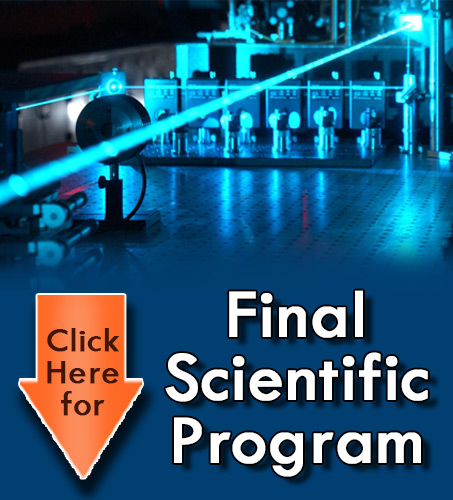
A G Unil Perera
Georgia State University, USA
Title: Heterojunction detectors for multi-band detection with wavelength threshold extension mechanism
Biography
Biography: A G Unil Perera
Abstract
Multi-band photodetectors have received increased attention over the years due to their wide applications in civilan, commercial, medical and military sectors. The photodetectors based on III-V semiconductor heterostructures have been studied extensively for multi-band detection, covering ultra-violet (UV) to far-infrared (FIR) region. Due to material system maturity, GaAs/AlxGa1-xAs heterostructures provide an attractive option demonstrating photodetection covering UV-FIR range. In more recent studies, the conventional spectral threshold limit, that is, λt=hc/Δ set by the minimum energy gap Δ, has been overcome owing to a novel detection mechanism arising from the hot-carrier effect in the asymmetrical p-GaAs/AlxGa1-xAs heterostructures. It has been experimentally demonstrated that a detector with a conventional spectral threshold of ~3.1 μm shows an extended wavelength threshold of up to ~68 μm. In addition to the munti-band detection capability, an important advantage of the wavelength extension mechanism is a lower dark current of the dectctor, which is determined by standard Δ and is evident from close agreement of the experimentally measured dark current data to the theoretical fits based on 3D carrier drift model. Therefore, the wavelength threshold extension mechanism makes it possible to design a detector with its dark current being much lower compared to that of a detector without the extension mechanism. Based on the these studies, the of III-V semiconductor heterostructures offer potential for multi-band detection from UV to FIR by utilizing appropriate detector architectures.

